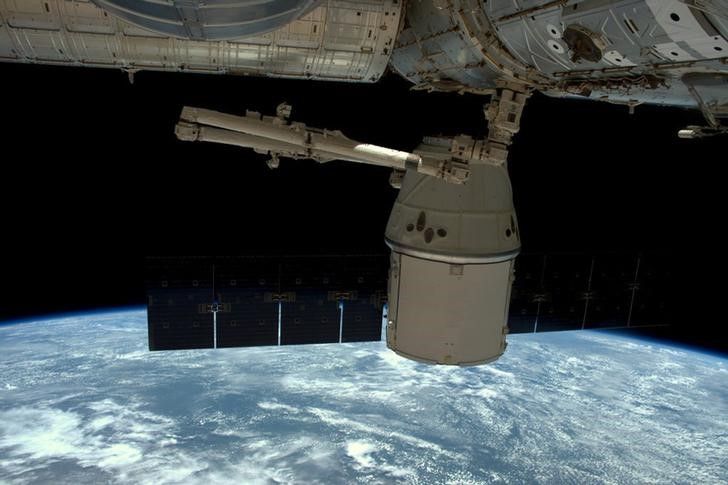How these Brown University students are changing the satellite game
We have a space junk problem.

A few minutes every morning is all you need.
Stay up to date on the world's Headlines and Human Stories. It's fun, it's factual, it's fluff-free.
We have a space junk problem.
Humans send stuff into space all the time, specifically satellites, for aiding technology here on Earth. And after these pieces of space tech can't be used anymore, we often just leave them floating around in Earth's orbit. There are also smaller pieces of junk, like debris and paint flecks, that fell off of other space equipment floating around out there.
Right now, about 2,000 active satellites are orbiting Earth, but there are also 3,000 dead ones. And there are around 34,000 pieces of junk bigger than 10 centimeters, plus millions of even smaller pieces. All of these things could cause problems if they hit anything else.
But these college students may have a way to help.
At Brown University, a team of engineering students built a satellite using 48 AA batteries and a US$20 microprocessor typically used to build basic robots. And they sent their design (the SPUDNIC) into space on a SpaceX rocket last year. They also attached a 3D-printed sort of sail so that it would be dragged back down to Earth sooner. It was the size of a loaf of bread and ended up costing just $10,000 in total. The satellite totally worked once it got to space, and they estimate it will be out of orbit in just five years versus the typical 25-27 years if it didn't have the sail.
"You can see in the tracking data that we're visibly below everybody else and accelerating away from them," Rick Fleeter, a professor of engineering at Brown, explains. "You can see that our satellite is already descending toward reentry, whereas the others are still in a nice circular orbit higher up."
Since tracking began last May, the students' satellite has traveled down to 470 kilometers above Earth. Other pieces of equipment from the same SpaceX rocket are still around 500 kilometers (or more) up.
"What this mission showed was more about how you realize it – how you build a mechanism that does that, and how you do it so it's lightweight, small and affordable," said Fleeter.




Comments ()